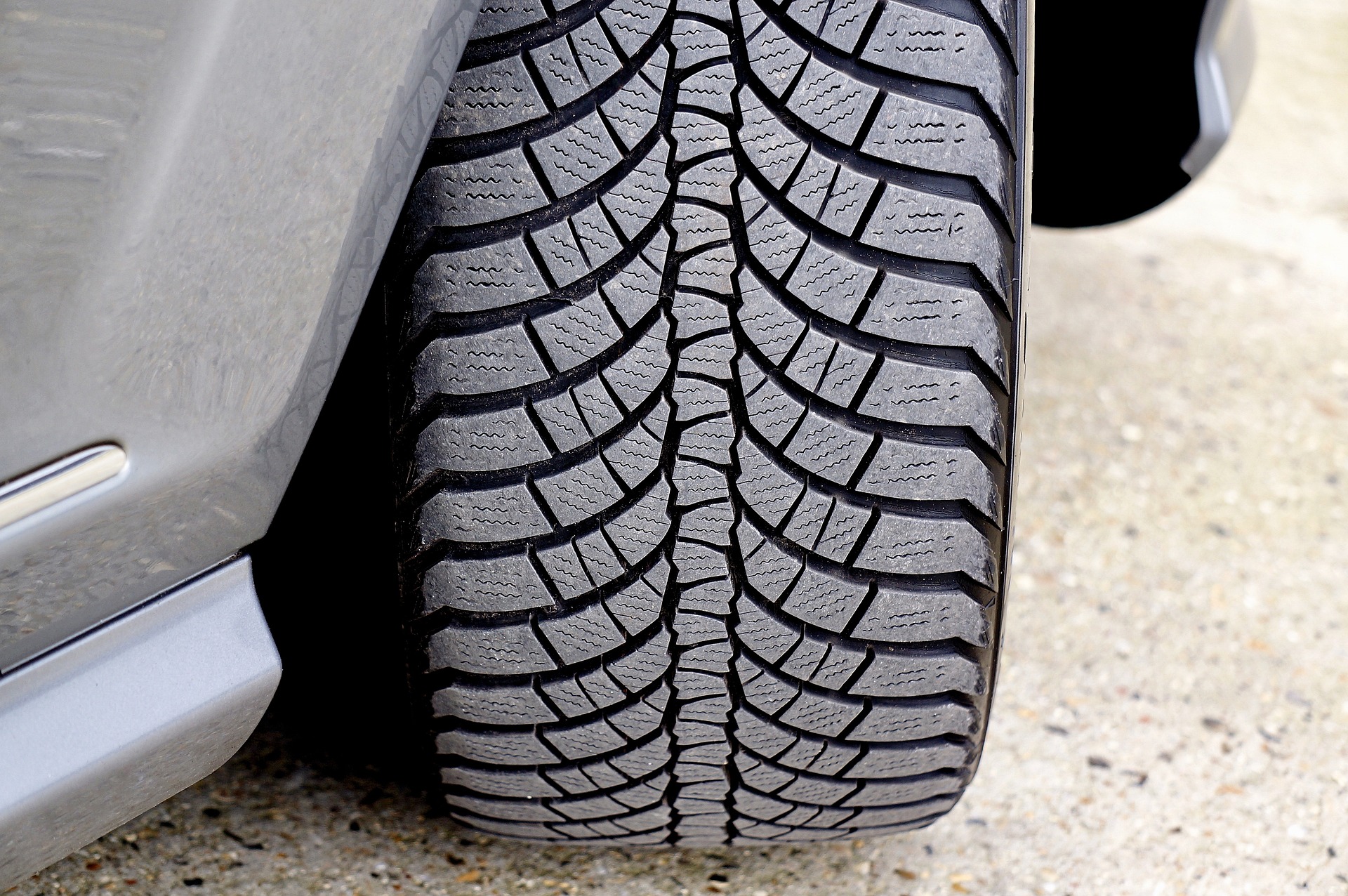Prefabricated Homes: A Comprehensive Guide to Modern Sustainable Housing
Prefabricated homes represent a significant evolution in residential construction, combining efficient manufacturing processes with sustainable building practices. These structures are built in controlled factory environments before being transported and assembled at their final location. This modern approach to housing offers numerous advantages in terms of environmental impact, cost efficiency, and construction speed while maintaining high quality standards.

How do prefabricated homes impact the environment and sustainability?
Environmental Impact and Sustainability are key advantages of prefabricated construction. The controlled factory environment allows for precise material usage, significantly reducing waste compared to traditional on-site construction. Many prefab manufacturers utilize sustainable materials and energy-efficient designs, further minimizing the ecological footprint of these homes. Additionally, the reduced construction time and transportation requirements result in lower carbon emissions associated with the building process.
Prefab homes often incorporate advanced insulation techniques and energy-efficient systems, leading to improved thermal performance and reduced energy consumption throughout the home’s lifecycle. Some manufacturers even integrate renewable energy solutions, such as solar panels or geothermal systems, directly into the prefab design, enhancing the home’s long-term sustainability.
What innovations in design and structural integrity do prefab homes offer?
Design Innovation and Structural Integrity are hallmarks of modern prefabricated homes. Advanced computer-aided design (CAD) and building information modeling (BIM) technologies allow for precise customization and optimization of each home’s layout and features. This level of precision ensures that prefab homes can be tailored to individual preferences while maintaining high standards of quality and structural soundness.
Prefab construction often utilizes cutting-edge materials and engineering techniques, resulting in homes that are not only aesthetically pleasing but also durable and structurally robust. Many prefab homes are designed to meet or exceed local building codes and can withstand various environmental challenges, including high winds, seismic activity, and extreme temperatures.
How do prefabricated homes adapt to different climates and environments?
Adaptability and Climate Resilience are crucial factors in the design of prefabricated homes. Manufacturers can tailor designs to suit specific geographic locations and climate conditions, ensuring optimal performance in diverse environments. For instance, prefab homes destined for hurricane-prone areas may incorporate reinforced structures and impact-resistant materials, while those built for colder climates might feature enhanced insulation and thermal management systems.
The modular nature of prefab construction also allows for easy future modifications or expansions, adapting to changing family needs or environmental conditions over time. This flexibility contributes to the long-term sustainability and value of prefabricated homes.
What are the economic benefits of choosing a prefabricated home?
Cost and Economic Benefits of Prefabrication are significant drivers of its growing popularity. The streamlined manufacturing process and reduced on-site construction time often result in lower overall costs compared to traditional building methods. Additionally, the precise nature of prefab construction minimizes material waste and potential for costly on-site errors, further contributing to cost savings.
| Cost Factor | Traditional Construction | Prefab Construction | Potential Savings |
|---|---|---|---|
| Labor Costs | $80,000 - $120,000 | $60,000 - $90,000 | 20-25% |
| Material Costs | $100,000 - $150,000 | $90,000 - $135,000 | 10-15% |
| Construction Time | 6-12 months | 3-6 months | 50% |
| Energy Efficiency | Standard | Enhanced | 20-30% annually |
Prices, rates, or cost estimates mentioned in this article are based on the latest available information but may change over time. Independent research is advised before making financial decisions.
While the initial cost of a prefab home may be comparable to traditional construction in some cases, the long-term economic benefits often become apparent through reduced energy costs, lower maintenance requirements, and potential insurance savings due to the home’s structural integrity.
How does prefabrication improve construction speed and efficiency?
Time Efficiency and Construction Speed are major advantages of prefabricated homes. The controlled factory environment allows for simultaneous site preparation and home construction, significantly reducing overall project timelines. Weather-related delays are minimized, as most of the construction occurs indoors. Once the components are transported to the site, assembly can often be completed in a matter of days or weeks, rather than the months typically required for traditional construction.
This accelerated timeline not only reduces labor costs but also allows homeowners to move in sooner, potentially saving on temporary housing expenses or rental costs. For developers and builders, the increased speed and predictability of prefab construction can lead to more efficient project management and improved cash flow.
In conclusion, prefabricated homes offer a compelling combination of sustainability, innovation, adaptability, cost-effectiveness, and efficiency. As the technology and designs continue to evolve, prefab construction is poised to play an increasingly important role in addressing housing needs while minimizing environmental impact. For those considering a new home or development project, exploring the options in prefabricated construction could lead to a modern, sustainable, and economically sound housing solution.




